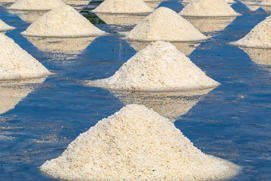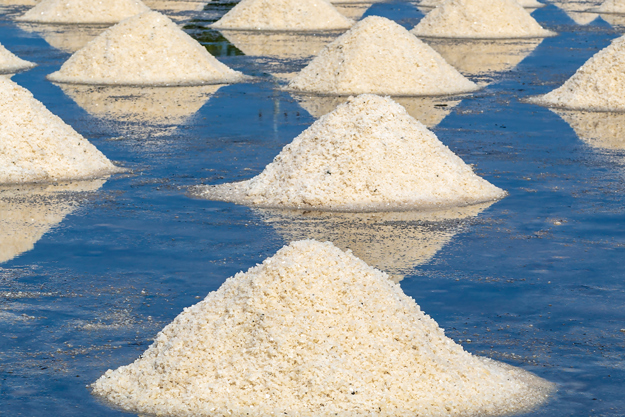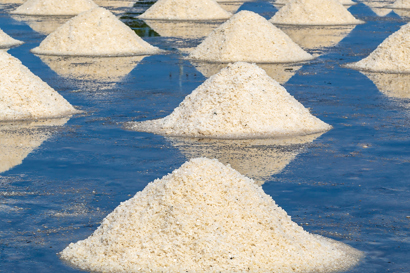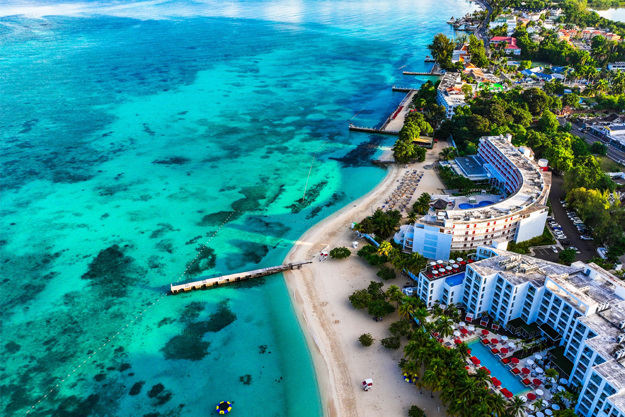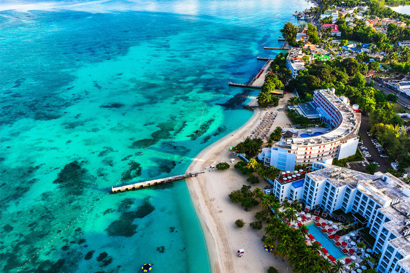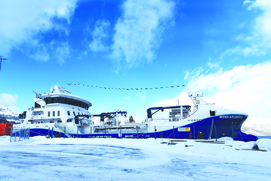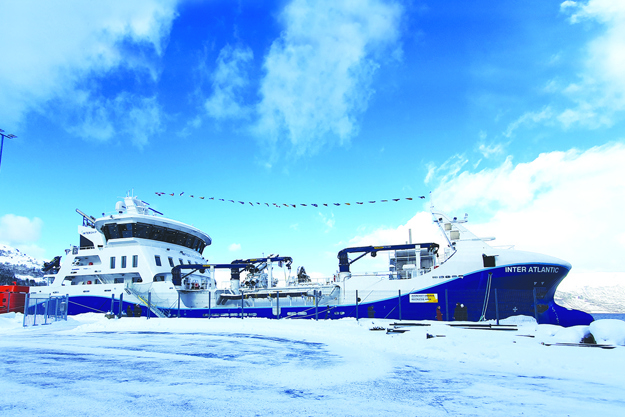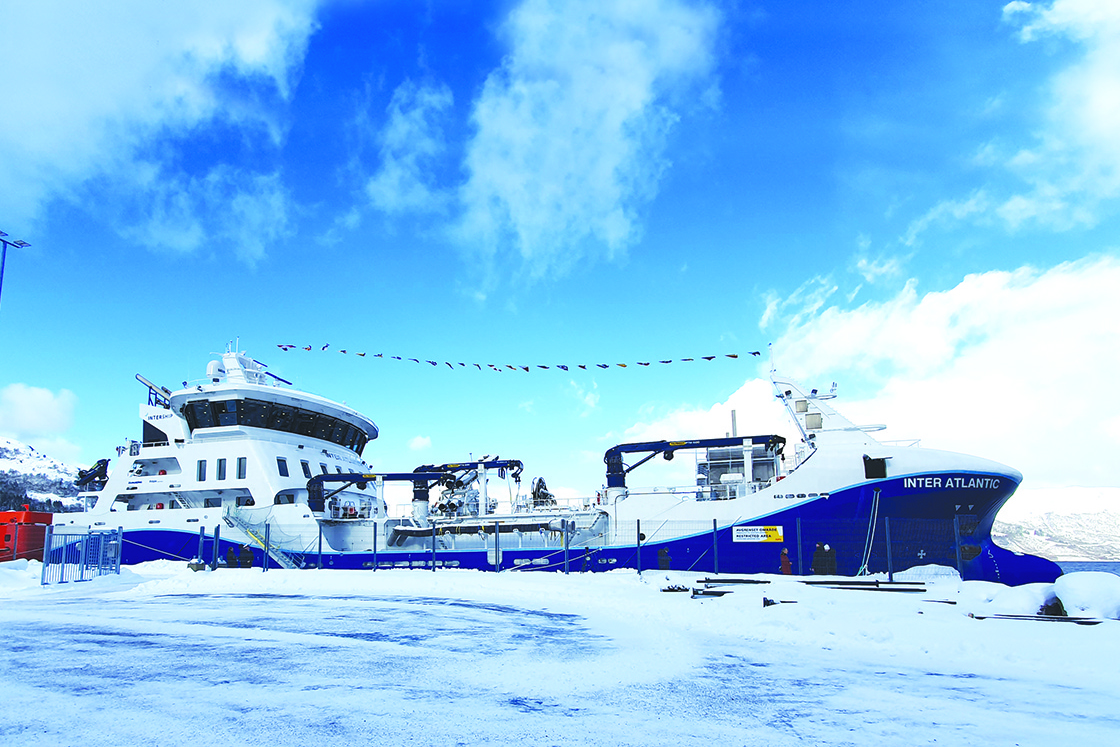Explore our blogs:
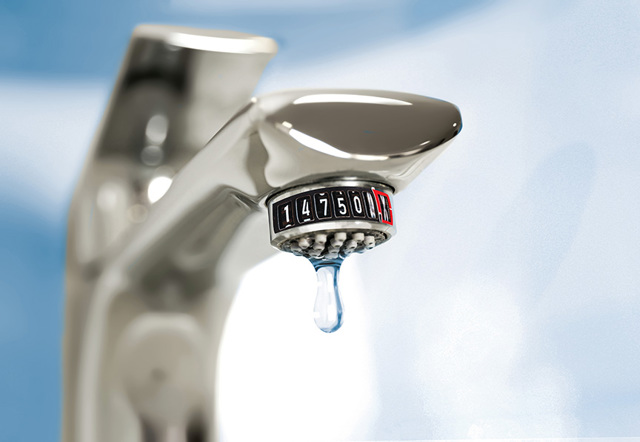
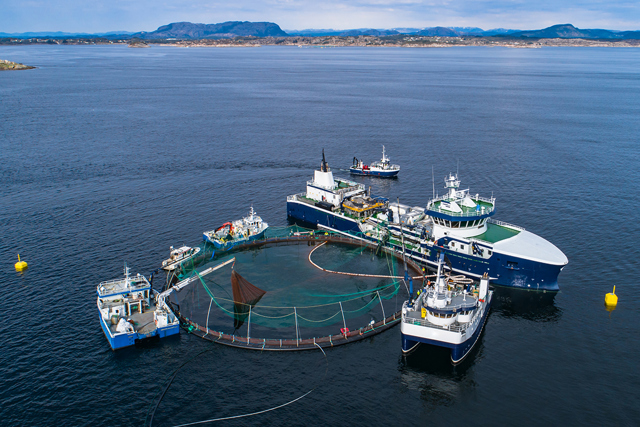
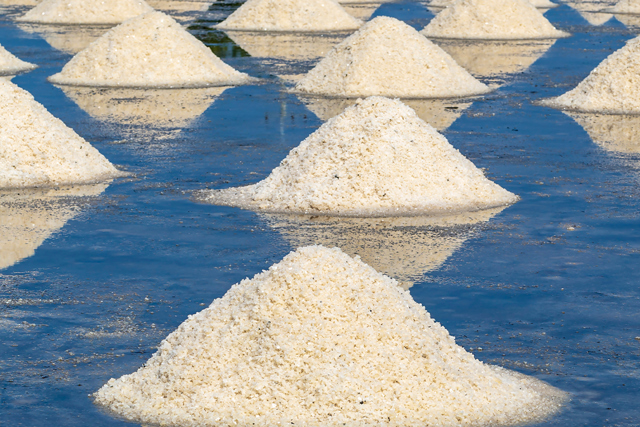
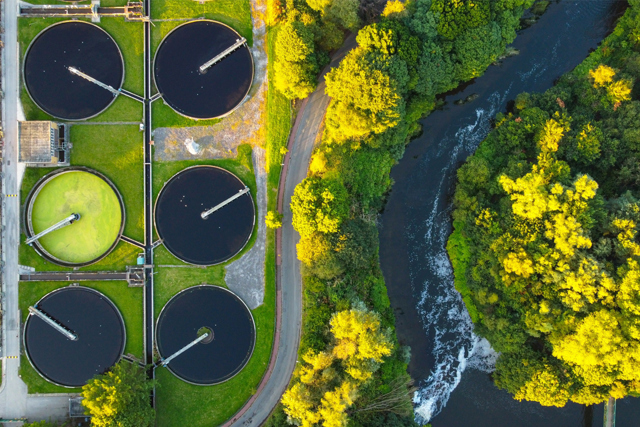
Case stories
-
if (isSmallPicture) {


 Hyrec relies on Danfoss for OARO brine mining in Indonesia
Hyrec relies on Danfoss for OARO brine mining in IndonesiaHyrec has pioneered a large-scale OARO brine mining plant that produces 220,000 tons of food-grade salt annually. By using Danfoss APP pumps and iSave ERDs for pre-concentration, the innovative solution optimizes energy efficiency, reduces costs, and ensures reliable operation in a remote location.
-
if (isSmallPicture) {


 Salt Separation chooses Danfoss for cruise ship SWRO retrofit
Salt Separation chooses Danfoss for cruise ship SWRO retrofitSalt Separation Services boosted capacity by 75% and significantly reduced SEC by retrofitting a luxury cruise ship’s SWRO plant with a Danfoss APP pump and iSave ERD – all in the same tight space in the ship’s engine room.
-
if (isSmallPicture) {


 APP pumps with ceramic chosen for containerized solutions
APP pumps with ceramic chosen for containerized solutionsWhen a Spanish engineering company needed one compact, reliable, and energy-efficient SWRO solution for three separate end users, Gefico’s engineers proposed a compact, modular train design that could be both containerized and built on skids. Danfoss’s ceramic APP pumps and iSave ERDs are at the heart of the seven trains that Gefico designed and produced
-
if (isSmallPicture) {


 WatMan specifies Danfoss for the world’s largest cruise ship’s SWRO plant
WatMan specifies Danfoss for the world’s largest cruise ship’s SWRO plantWatMan Engineering chose Danfoss high-pressure pumps and ERDs for the SWRO plant supplying fresh water to the world’s largest cruise ship, Icon of the Seas. The Finnish specialist will also use Danfoss technology for the next two Icon-class ships.
-
if (isSmallPicture) {


 Peter Taboada tailors energy-efficient wellboat SWRO with flexible Danfoss technology
Peter Taboada tailors energy-efficient wellboat SWRO with flexible Danfoss technologyPeter Taboada works closely together with wellboat builders to deliver efficient, space-saving water-making solutions that boost ROI. Flexible Danfoss high-pressure pumps and ERDs play a key role in the company’s success.
-
if (isSmallPicture) {


 Danfoss components chosen to provide fresh water in emergency situations
Danfoss components chosen to provide fresh water in emergency situationsMetis Water chose Danfoss APP pumps and iSave ERDs for its mobile 1,000 m3/d SWRO plant. Designed to fit inside a 40 ft container, the plug-and-play solution can quickly be deployed to supply fresh water in emergency situations – reliably and energy efficiently.


